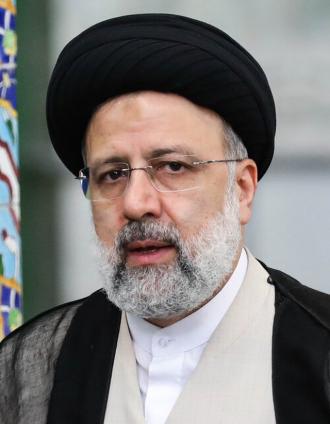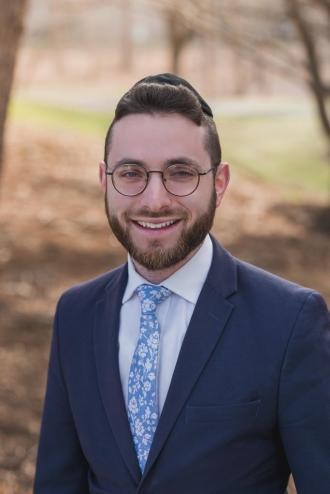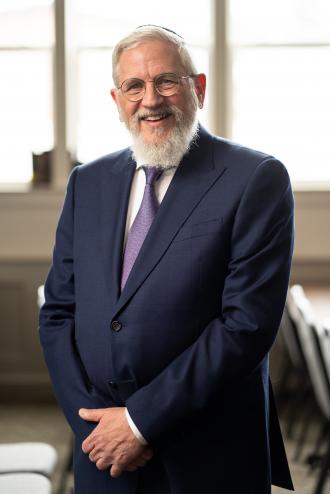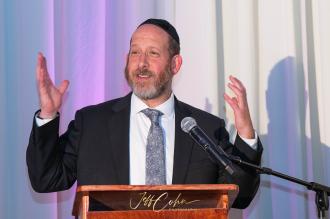The Gemara in Sukka 51b discusses the goings on of the Simchas Bais Hashoeva. Originally, the location for the women was inside and the men were located outside. This resulted in kalus rosh, so the Chachamim switched the women’s location to the outside and the men inside. This location change did not help until they built a balcony to separate the men from women, the men were located on the bottom and the women were located on the balcony on top. Why weren’t they mesaken that the women should not be there at all?
We celebrate Simchas Torah at the conclusion of Sukkos. Why don’t we celebrate Simchas Torah during Shavuos when we received the Torah?
There are several answers to both questions. We will begin with the first question. The first answer is because Chazal felt that this would be a gezeira that the tzibbur could not withstand. The men would not be Oleh Regel without their spouses there, so they tried their best to make a takana which would allow both the men and women to attend. The second answer is that since we are “matriarch” the women to come to the Bais Hamikdash to bring their korbanos, it would not make sense for them not to be able to join in the simcha. The third answer is that since women have a din of Simchas Yom Tov, they had to be able to partake in Simchas Bais Hashoeva. The fourth answer is that since the Rabbanim would use the time of Simchas Bais Hashoeva to give mussar to Klal Yisroel, the women needed to be in attendance. The fifth answer is based on the Ritva that says that the inyan of Simchas Bais Hashoeva was an opportunity to thank Hashem, so it is extremely important that both the women and men partake in the thanksgiving to Hashem. The sixth answer is that we are happy that Yom Kippur was mechaper our sins, so we sing, “Praised is one who never sinned.” However, if a person sinned and does teshuva Hashem forgives him, so the simcha of kaporas avonos had to be attended by the women too. The seventh answer is that a big deal was made regarding nissuch hamayim to show that we don’t act like the tzedokim. It was important that both men and women witness this so there should be no mistakes in the future. The eighth answer is that since women were obligated in the mitzvah of Hakhel, they had to be there. The ninth and final answer is that anyone attending the Simchas Bais Hashoeva received Ruach Hakodesh (which is where Yona Hanavi became a navi) so we would not want to take away the opportunity for receiving Ruach Hakodesh from anyone!
There are several answers to the second question. Although Bnei Yisroel received the Torah during Shavuos, they did not come to appreciate the sweetness of the Torah until much later, so we don’t have the Simchas HaTorah until after Sukkos. It can be compared to a king who gave his daughter a commoner to wed with a beautiful house and lots of money. Everyone at the wedding was happy except for the groom. He was concerned that something must be wrong with the princess, otherwise why would the king be giving him to her as a wife? After a few months the groom realizes that there is nothing wrong with his wife, so he asks the king to renew their vows and make another party. The king, of course, acquiesces. Similarly, we waited until after Sukkos to be truly happy with the Torah that was given to us on Shavuos. A second reason is that only after the Yomim Noraim, when we are forgiven, and after Sukkos, when we have the Shoeva, are we pure enough to be happy with the Torah. A third answer refers to the rule that it would have been better for a person not to have been created. Every day we must battle the Yetzer Hora. Chazal tell us that once we are created, we need to be mefashpesh bemaasim which is what we do during the Yomim Noraim; hence afterwards, we can truly be happy. The fourth and final answer is that we know that Shmini Atzeres is Hashem’s way of telling us that he can’t separate from us, so by showing a simcha for the Torah we are showing Hashem that we are staying connected via learning Torah. We show this by singing and saying that Yisroel Ve’oraysa Ve’kudash Brich Hu Chad Hu - we are truly happy to be connected! This is part of the reason we end with Ha’azinu and right away begin the Torah again. This is to show that we are connected, and we will never be detached.
May we all be zocheh to Simchas Bais Hashoeva and Simchas HaTorah bishleimus!
Do you have a topic or discussion you want to read about? Please send comments or questions to hymanbsdhevens@gmail.com or berachsteinfeldscorner@gmail.com















